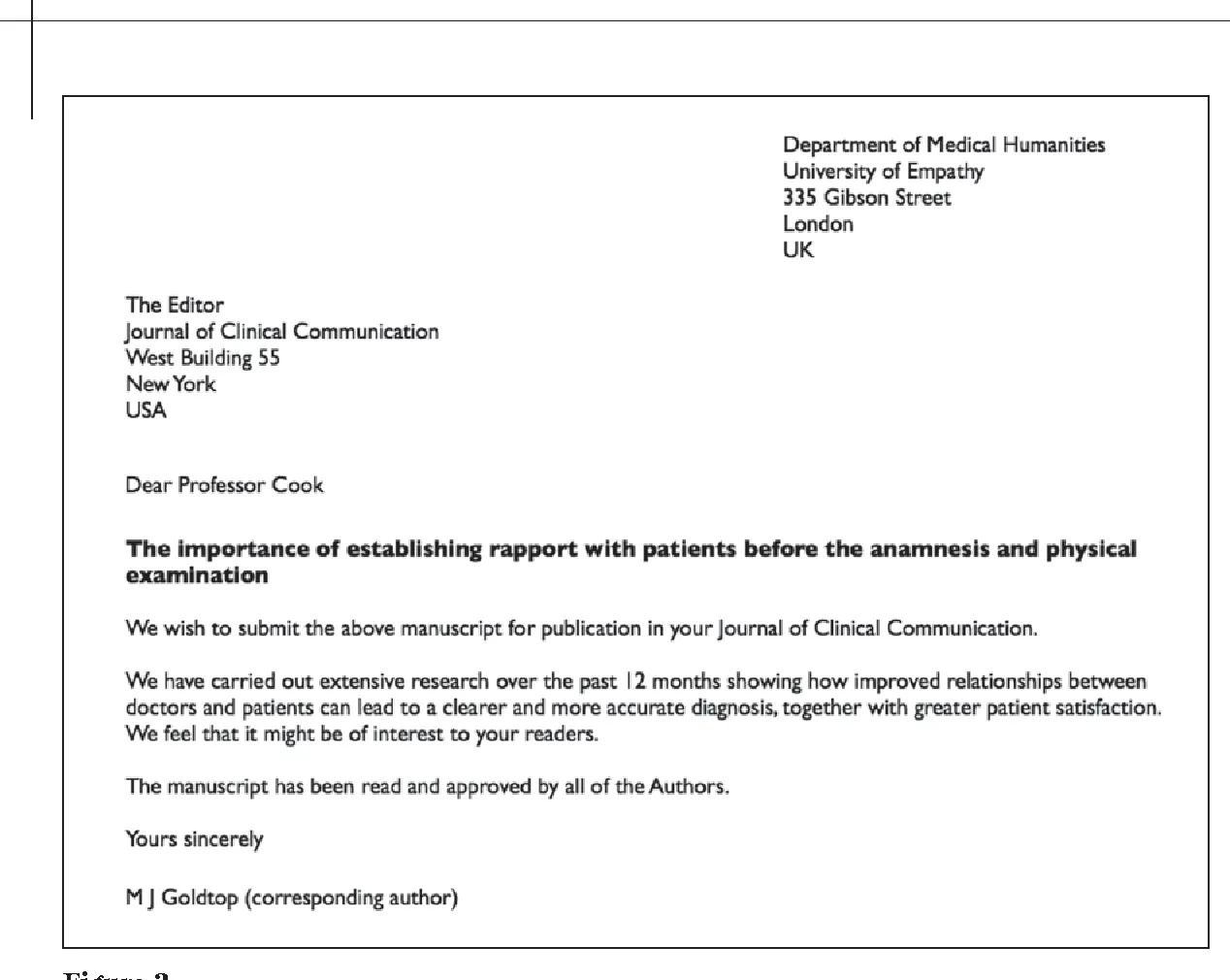The Power of Exercise for Your Health
Regular exercise is more than just a way to look good; it’s a cornerstone of overall health and well-being. In today’s fast-paced world, it can be easy to neglect physical activity, but the benefits of exercise are far-reaching, impacting nearly every system in your body. From boosting your mood to extending your lifespan, incorporating regular workouts into your routine can dramatically improve your quality of life. This article will explore seven key benefits of regular exercise, providing insights and practical tips to help you harness the power of movement for a healthier, happier you. Whether you’re a seasoned athlete or just starting, understanding these benefits can motivate you to prioritize exercise and transform your life.
Improved Cardiovascular Health
One of the most significant benefits of regular exercise is its positive impact on cardiovascular health. Exercise strengthens the heart muscle, making it more efficient at pumping blood. This leads to improved circulation throughout the body, delivering oxygen and nutrients more effectively to your cells. Regular physical activity helps to keep the arteries clear, reducing the buildup of plaque that can lead to heart disease. By engaging in activities like brisk walking, running, swimming, or cycling, you can significantly lower your risk of heart attack, stroke, and other cardiovascular diseases, adding years to your life and enhancing your overall health.
Lowering Blood Pressure
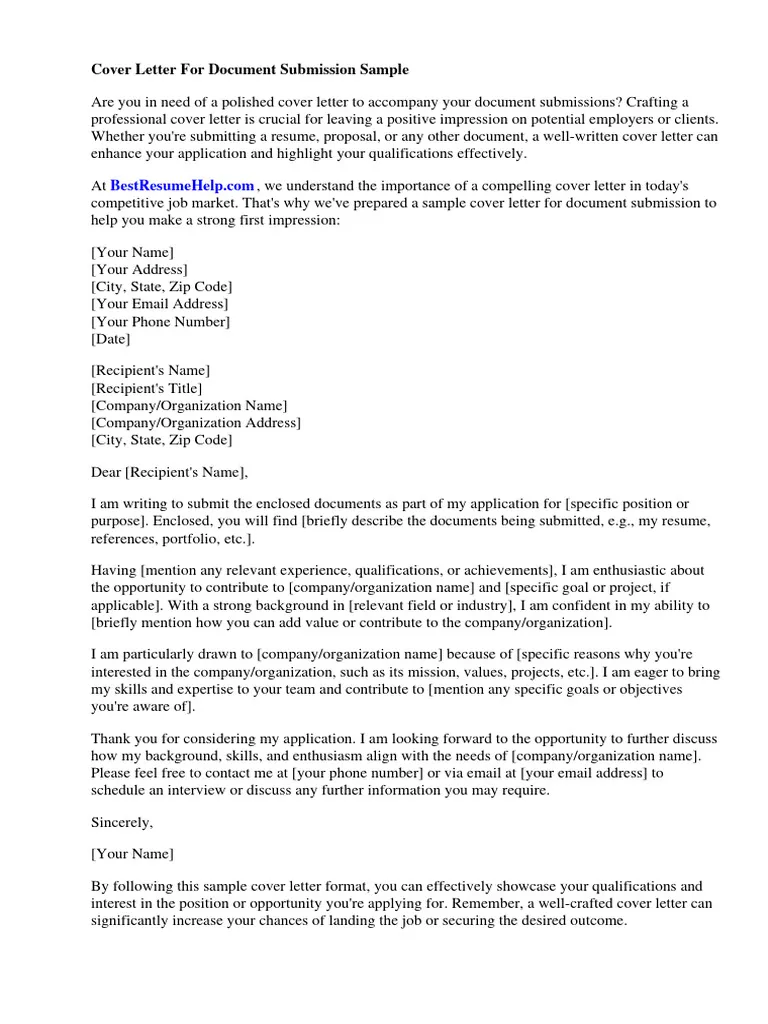
High blood pressure, or hypertension, is a major risk factor for heart disease and stroke. Regular exercise has been shown to be a highly effective way to lower blood pressure. When you exercise, your blood vessels become more elastic, allowing blood to flow more easily. This reduces the pressure exerted on the artery walls. Over time, this can lead to a significant reduction in both systolic and diastolic blood pressure readings. For many individuals with mild to moderate hypertension, exercise can be as effective as medication in controlling blood pressure, offering a natural and sustainable way to protect your cardiovascular health.
Reducing Cholesterol Levels
Exercise plays a crucial role in maintaining healthy cholesterol levels, which is essential for cardiovascular health. Regular physical activity can help to increase levels of high-density lipoprotein (HDL) cholesterol, often referred to as “good” cholesterol, which helps to remove harmful cholesterol from the arteries. Simultaneously, exercise can help to lower levels of low-density lipoprotein (LDL) cholesterol, or “bad” cholesterol, which contributes to plaque buildup in the arteries. By improving your cholesterol profile, exercise reduces the risk of atherosclerosis, heart attack, and stroke. Aim for a combination of aerobic and strength-training exercises to maximize these cholesterol-lowering benefits.
Weight Management and Exercise
Exercise is a key component of any successful weight management strategy. Regular physical activity helps to burn calories, which is essential for creating a calorie deficit – the foundation of weight loss. Combining exercise with a balanced diet can lead to significant weight loss and help you maintain a healthy weight over the long term. Exercise also helps to boost your metabolism, making it easier for your body to burn calories even when you’re at rest. Incorporating a variety of exercises, including cardio and strength training, can provide the best results, helping you shed excess pounds and improve your overall body composition.
Burning Calories and Boosting Metabolism

One of the most immediate effects of exercise is an increase in calorie expenditure. The more you move, the more calories your body burns. This is why regular physical activity is crucial for weight loss and weight maintenance. Different types of exercise burn different amounts of calories. High-intensity interval training (HIIT) is particularly effective for burning calories in a short amount of time. Furthermore, exercise boosts your metabolism, meaning your body burns more calories even when you’re not actively working out. This metabolic boost can last for hours after your workout, contributing to a more efficient and effective weight management program. Consistent exercise leads to a higher resting metabolic rate, making it easier to manage your weight.
Building Muscle and Increasing Metabolism
Strength training, a type of exercise that builds muscle, is vital for boosting your metabolism and aiding in weight management. Muscle tissue is more metabolically active than fat tissue, meaning it burns more calories at rest. By building muscle through activities like weightlifting or bodyweight exercises, you can increase your resting metabolic rate, making it easier to lose weight and keep it off. Strength training also improves your body composition by reducing body fat and increasing lean muscle mass. This not only helps you look better but also enhances your overall health by improving insulin sensitivity and reducing the risk of chronic diseases. Incorporating strength training into your routine offers a powerful approach to achieving long-term weight management success.
Boosting Your Mood and Mental Health
Exercise is a powerful mood booster, with numerous benefits for mental health. Physical activity triggers the release of endorphins, which have mood-lifting effects and can reduce feelings of stress and anxiety. Regular exercise can also increase self-esteem and body image, leading to a more positive outlook on life. The social aspect of exercise, such as group classes or team sports, can further enhance mood and provide a sense of community. Whether you’re dealing with everyday stress or struggling with more serious mental health issues, exercise can be a valuable tool for improving your overall well-being and achieving a more positive mental state.
Reducing Stress and Anxiety
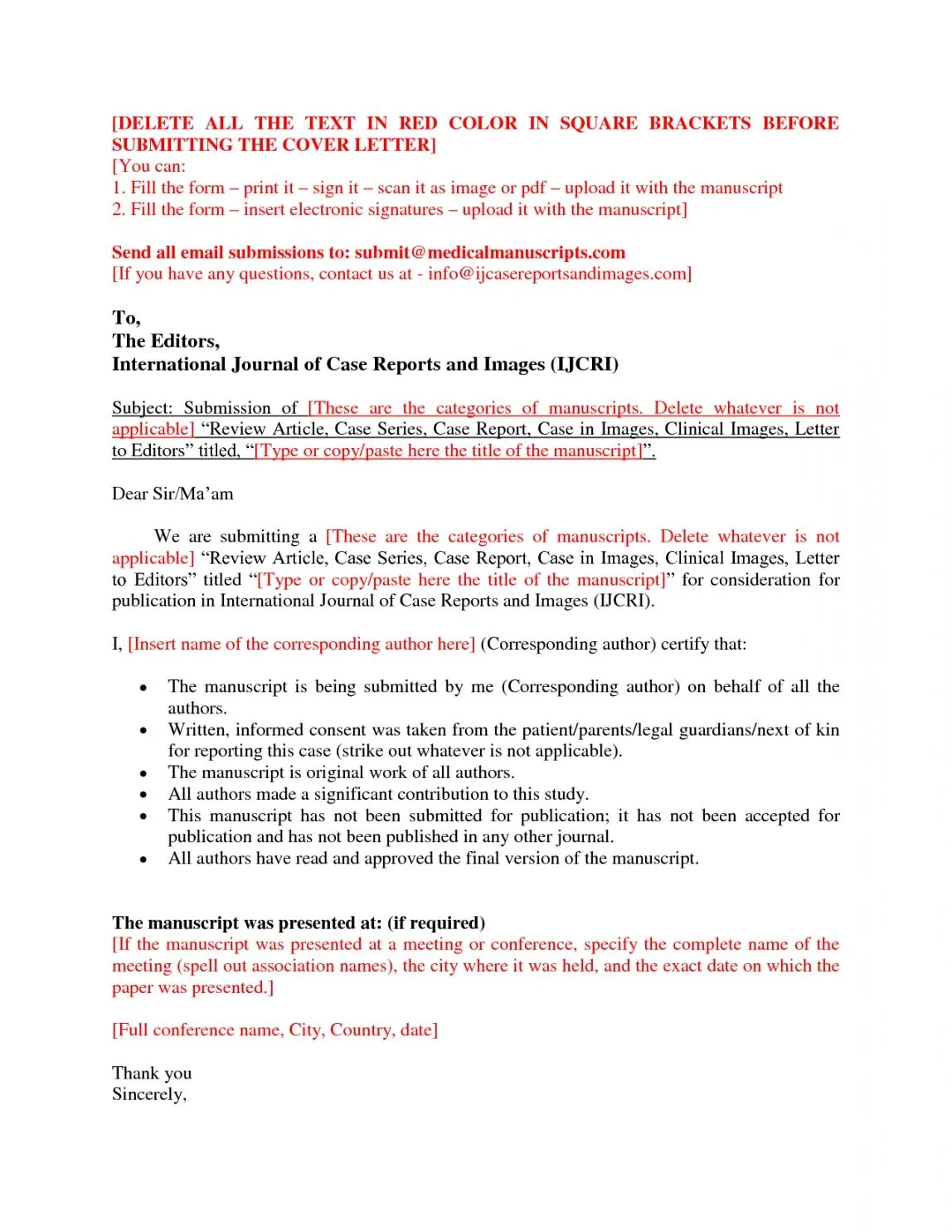
Exercise is a highly effective stress reliever. Physical activity helps to regulate the body’s stress response by reducing the levels of stress hormones like cortisol and adrenaline. Engaging in exercise can help to calm your nervous system and promote relaxation. It also provides a healthy outlet for pent-up emotions, allowing you to release tension and improve your mood. Activities like yoga, running, and swimming are particularly effective at reducing stress and promoting a sense of calm. Incorporating exercise into your daily routine can help you better manage stress and improve your overall mental health.
Fighting Depression
Exercise has been shown to be a valuable tool in fighting depression. Physical activity releases endorphins, which have mood-boosting effects that can alleviate symptoms of depression. Exercise also improves sleep quality, boosts self-esteem, and provides a sense of accomplishment, all of which can help to combat depression. Studies have demonstrated that regular exercise can be as effective as antidepressant medication in some cases. By engaging in regular physical activity, individuals can experience significant improvements in their mood, reduce symptoms of depression, and improve their overall quality of life. It is recommended to consult with a healthcare professional for treatment strategies.
Improving Sleep Quality
Regular exercise is a natural sleep aid, helping you fall asleep faster and enjoy a more restful night’s sleep. Physical activity helps to regulate your body’s natural sleep-wake cycle, making it easier to fall asleep at night and wake up feeling refreshed in the morning. Exercise can also reduce symptoms of insomnia and improve overall sleep quality. By engaging in regular exercise, you can increase your slow-wave sleep, the deep sleep stage that is crucial for physical recovery and mental restoration. Aim for moderate-intensity exercise most days of the week to experience the sleep-enhancing benefits, although it is important to avoid strenuous exercise close to bedtime, which can sometimes have the opposite effect.
The Exercise-Sleep Connection
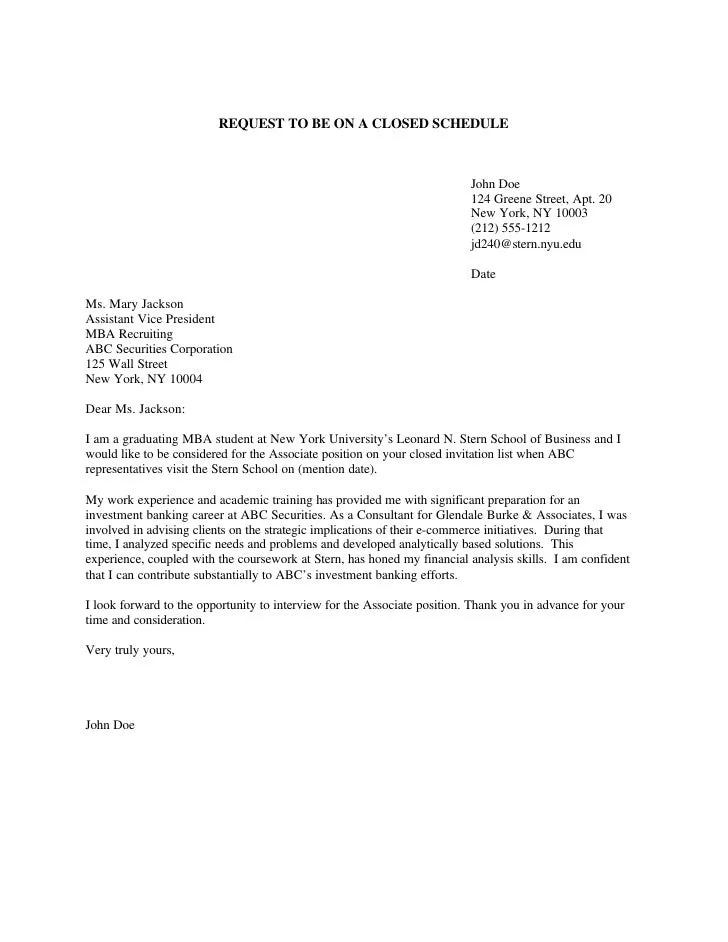
The link between exercise and sleep is multifaceted. Exercise regulates the body’s internal clock, the circadian rhythm, which controls sleep-wake cycles. Physical activity also reduces stress and anxiety, which can often interfere with sleep. Exercise helps to reduce the time it takes to fall asleep (sleep latency) and increases the amount of deep, restorative sleep you get. Moreover, exercise can reduce symptoms associated with sleep disorders, such as insomnia and sleep apnea. Regular exercise promotes better sleep quality, leading to improved energy levels and overall health. Both quality and quantity of sleep increase with regular exercise.
Tips for Better Sleep Through Exercise
To maximize the sleep-enhancing benefits of exercise, it’s important to follow a few guidelines. Aim to exercise regularly, ideally most days of the week, at a moderate intensity. Avoid strenuous exercise close to bedtime, as it may interfere with your ability to fall asleep. Instead, schedule your workouts earlier in the day or in the late afternoon. Choose activities you enjoy, such as walking, swimming, or cycling, to increase your consistency. Combine exercise with other good sleep habits, such as maintaining a regular sleep schedule, creating a relaxing bedtime routine, and avoiding caffeine and alcohol before bed, for optimal results. Consistency is key. Gradually, you should see positive changes in your sleep quality and energy levels.
Strengthening Bones and Muscles
Regular exercise, particularly weight-bearing and resistance exercises, plays a vital role in strengthening bones and muscles. As we age, bone density naturally declines, increasing the risk of osteoporosis and fractures. Exercise stimulates bone growth, making bones stronger and denser, reducing the risk of fractures and falls. Additionally, exercise helps to maintain and build muscle mass, which is essential for overall strength, mobility, and balance. Strong muscles support the skeleton and reduce the strain on joints, further preventing injuries. Incorporating activities like weightlifting, walking, running, and other weight-bearing exercises into your routine can help you maintain strong bones and muscles, improving your quality of life and reducing the risk of age-related decline.
Preventing Osteoporosis

Osteoporosis is a condition characterized by weakened and brittle bones, making them more prone to fractures. Exercise, particularly weight-bearing and resistance exercises, is a powerful tool for preventing osteoporosis. When you engage in weight-bearing activities like walking, running, or dancing, the impact on your bones stimulates bone cells to grow and become stronger. Resistance exercises, such as weightlifting, also help to increase bone density by putting stress on the bones. Starting regular exercise early in life and maintaining it throughout your adult years is crucial for building and maintaining bone mass, reducing the risk of osteoporosis and related fractures. This can lead to a more active, healthy, and independent life as you age.
Reducing the Risk of Falls
Falls are a significant cause of injury, especially among older adults. Regular exercise can significantly reduce the risk of falls by improving balance, strength, and coordination. Activities like tai chi, yoga, and balance exercises specifically target these areas, helping to improve stability and prevent falls. Strength training helps to build the muscles needed to maintain balance and recover from stumbles. Moreover, exercise improves overall physical fitness and mobility, making it easier to navigate daily activities safely. By incorporating exercises that focus on balance, strength, and coordination into your routine, you can significantly reduce your risk of falls and maintain your independence and quality of life. This contributes to overall confidence and wellbeing.
Increasing Energy Levels
Contrary to what you might think, regular exercise actually boosts your energy levels, combating fatigue and increasing overall vitality. While it may seem counterintuitive, physical activity increases the efficiency of your cardiovascular system, delivering oxygen and nutrients more effectively to your cells. This leads to increased energy throughout the day. Exercise also improves sleep quality, which is essential for feeling energized. Additionally, it stimulates the release of endorphins, which have mood-boosting effects and can combat feelings of fatigue. By incorporating regular exercise into your routine, you can experience a sustained increase in energy levels, making it easier to tackle daily tasks and enjoy life to the fullest.
Combating Fatigue

Chronic fatigue can be debilitating, but regular exercise can be a powerful tool in combating this condition. Physical activity helps to increase energy production at the cellular level, reducing feelings of tiredness and exhaustion. Exercise also improves the efficiency of your cardiovascular system, allowing your body to use oxygen more effectively. Even moderate-intensity exercise, such as a brisk walk, can help to reduce fatigue and improve your overall energy levels. By consistently engaging in exercise, you can counter the effects of fatigue and feel more alert and productive throughout the day. It is advisable to consult your doctor if you have concerns about chronic fatigue.
Boosting Overall Vitality
Exercise boosts overall vitality by improving physical and mental well-being. Regular physical activity enhances cardiovascular health, strengthens muscles and bones, and increases energy levels. It also improves mood, reduces stress and anxiety, and enhances cognitive function. All of these benefits contribute to a greater sense of vitality, allowing you to feel more energetic, engaged, and alive. Exercise increases the flow of oxygen throughout your body, which leads to more efficient bodily function. Incorporating regular exercise into your lifestyle results in improved health markers. The synergy of physical and mental improvements makes you feel younger, healthier, and more capable of enjoying life. Increased vitality enhances every aspect of daily life.
Enhancing Cognitive Function
Exercise is not just good for your body; it’s also beneficial for your brain. Regular physical activity enhances cognitive function, including memory, focus, and learning. Exercise increases blood flow to the brain, delivering more oxygen and nutrients to brain cells. It also stimulates the release of chemicals called neurotrophic factors, which support the growth and survival of brain cells. Engaging in regular exercise can improve your cognitive performance, making it easier to concentrate, learn, and remember information. Whether you’re a student, a professional, or simply looking to maintain your mental sharpness, exercise is a powerful tool for keeping your brain healthy and functioning at its best.
Improving Memory and Focus
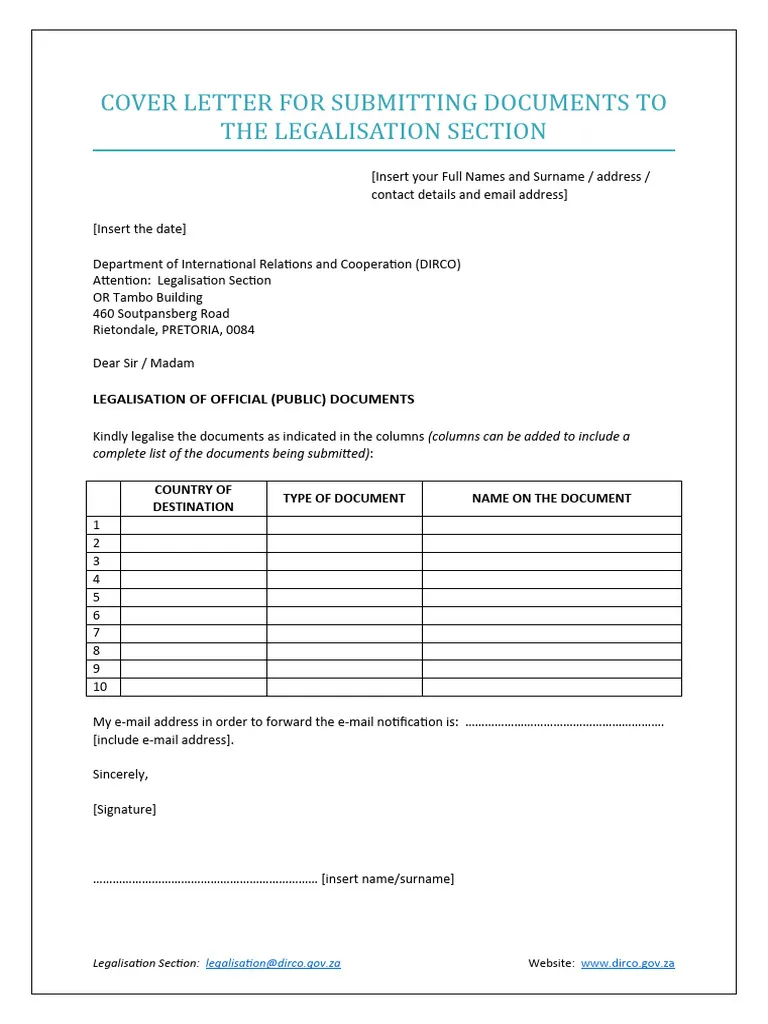
Exercise is a potent tool for enhancing memory and focus. Physical activity increases blood flow to the brain, providing it with more oxygen and nutrients, which are essential for cognitive function. This improved blood flow can enhance memory recall and improve focus and attention. Exercise also stimulates the release of brain-derived neurotrophic factor (BDNF), a protein that supports the growth and survival of brain cells, enhancing learning and memory. Activities like walking, jogging, and cycling have been shown to boost cognitive performance. Regular exercise can improve the ability to concentrate and retain information, leading to better performance in both work and daily life. Including exercise in your routine helps to keep your mind sharp and efficient.
Protecting Against Cognitive Decline
Regular exercise can play a crucial role in protecting against cognitive decline as you age. Studies have shown that exercise can help to reduce the risk of developing neurodegenerative diseases, such as Alzheimer’s disease and dementia. Exercise promotes the growth and health of brain cells, reduces inflammation, and improves blood flow to the brain, all of which contribute to cognitive health. By engaging in regular physical activity, you can help to preserve cognitive function, improve memory, and maintain your mental sharpness as you get older. This supports a longer and more fulfilling life. Prioritizing exercise is a proactive step in maintaining a healthy brain and overall well-being.
Prolonging Life Span
One of the most significant benefits of regular exercise is its potential to prolong your lifespan. Studies have consistently shown that people who engage in regular physical activity live longer, healthier lives. Exercise reduces the risk of chronic diseases, such as heart disease, stroke, diabetes, and some types of cancer, which are major contributors to premature death. It also helps to maintain a healthy weight, strengthen bones and muscles, and improve overall physical and mental well-being. By incorporating regular exercise into your lifestyle, you can significantly reduce your risk of premature death and increase your chances of living a longer, more active, and fulfilling life. The cumulative effects of these health benefits add years to your life.
The Link Between Exercise and Longevity
The connection between exercise and longevity is well-documented. Regular physical activity has a profound impact on reducing the risk of chronic diseases that often lead to premature death. Exercise strengthens the cardiovascular system, improves metabolic health, and boosts immune function, all of which contribute to a longer lifespan. Studies have shown that people who exercise regularly have a lower risk of developing many life-threatening illnesses. Exercise also improves quality of life by reducing the effects of aging, maintaining physical function, and promoting mental well-being. By making exercise a priority, you can significantly increase your chances of living a longer, healthier, and more fulfilling life. It’s a vital element for a longer lifespan.
Tips for a Long and Healthy Life
To maximize your chances of living a long and healthy life, it’s important to incorporate exercise into a broader healthy lifestyle. Aim for at least 150 minutes of moderate-intensity aerobic exercise or 75 minutes of vigorous-intensity exercise per week. Include strength training exercises at least two days a week to maintain muscle mass and bone density. Combine exercise with a balanced diet rich in fruits, vegetables, and whole grains. Get adequate sleep, manage stress effectively, and avoid smoking and excessive alcohol consumption. Regular health check-ups and preventative care are also essential. By adopting a holistic approach that includes regular exercise, a balanced diet, and healthy lifestyle choices, you can significantly increase your chances of living a long, vibrant, and fulfilling life.
Conclusion
The benefits of regular exercise are undeniable, encompassing improvements in nearly every aspect of your physical and mental health. From strengthening your heart and bones to boosting your mood and cognitive function, exercise is a powerful tool for enhancing your quality of life and extending your lifespan. By incorporating regular physical activity into your daily routine, you can unlock a wealth of benefits, including improved cardiovascular health, weight management, reduced stress and anxiety, better sleep, increased energy levels, and enhanced cognitive function. Start slowly, find activities you enjoy, and make exercise a sustainable part of your life. Embrace the power of movement and embark on a journey towards a healthier, happier, and longer life. Prioritize your well-being and enjoy the transformative power of regular exercise.
